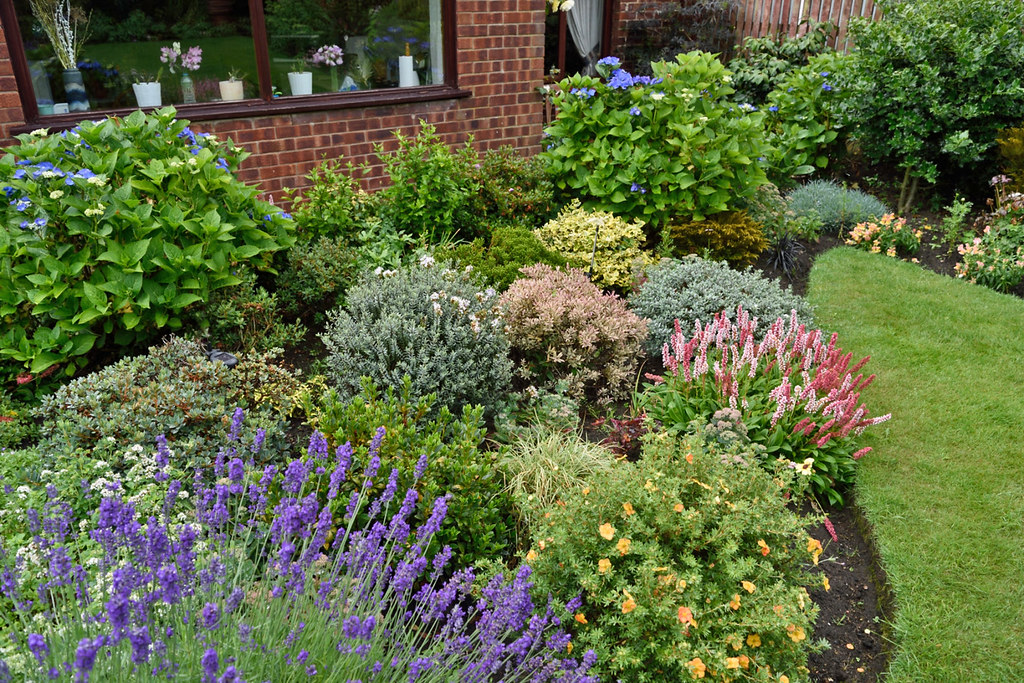
Garden Plants Types
Perennials
Perennials are probably the most versatile of all plants. With proper care, they faithfully grow back every year with little fuss. It takes about three years of growth to become well established: the first year they “sleep”, the second year they “creep” and the third year they “leap”. There are many sizes, shapes and colors to choose from where perennials are concerned. Although initially more expensive than annuals, within a few years they have paid for themselves.
Biennials:
Although not quite as permanent as perennials, many biennials re-seed themselves, becoming comparable in performance to perennials. Biennial seeds that are planted one year will not flower until the following year. Foxglove, Hollyhock and Iceland poppy are biennials. Many people think of Hollyhock as a perennial as it self sows easily.
Annuals
An annual is best known as a plant that completes it’s life cycle in a single season. Hardy annuals can survive cold temperatures and some light frost, while tender annuals cannot tolerate cold temperatures and should be planted only after there is no more danger of frost. Half-hardy annuals can tolerate some cold temperatures, but are usually killed by frost. Annuals make excellent space fillers for the perennial garden.
Bulbs
This class of plant consists of true bulbs, corms, rhizomes, tubers and tuberous roots. True bulbs (daffodils and tulips) have an internal flower bud surrounded by layers of food supply. Corms are stored food, which consists of roots at the base and small buds at the top. Crocus and gladiolus are examples of corms. Tubers are the round food-storing part of a stem and flowers are developed within them. Tuberous roots are the food storing part of roots. Dahlia and tuberous begonias are produced from tuberous roots. Rhizomes are similar to tubers, but they are long. Hardy bulbs are able to remain in the ground throughout the winter months. In the extreme cold months, bulbs will benefit from a layer of winter mulch.
Some summer bulbs will not survive freezing temperatures, therefore, it will be necessary to dig them up and store them in a warmer area. Once the foliage has yellowed, dig and separate the bulbs. Brush off the soil and cut the foliage to approximately six inches above the bulb. Damaged and diseased bulbs should be discarded. Lay the bulbs out on a screen or newspaper to dry for a few days. Layer the bulbs in a mesh bag or any such ventilated container, and place in a spot where the temperature is around 10 degrees Celsius (50 degrees Fahrenheit). Periodically check on the bulbs. In the spring, they can be planted back in the garden.
- Shrubs
- Trees
- Climbers
- Bedding plants